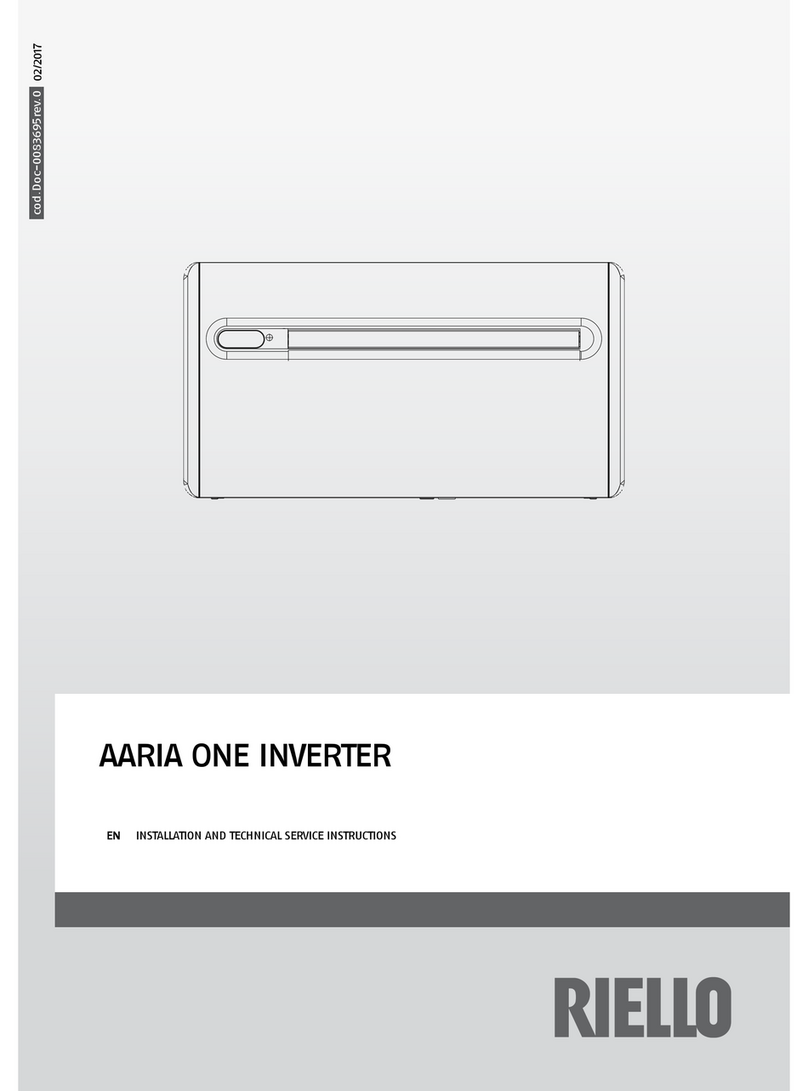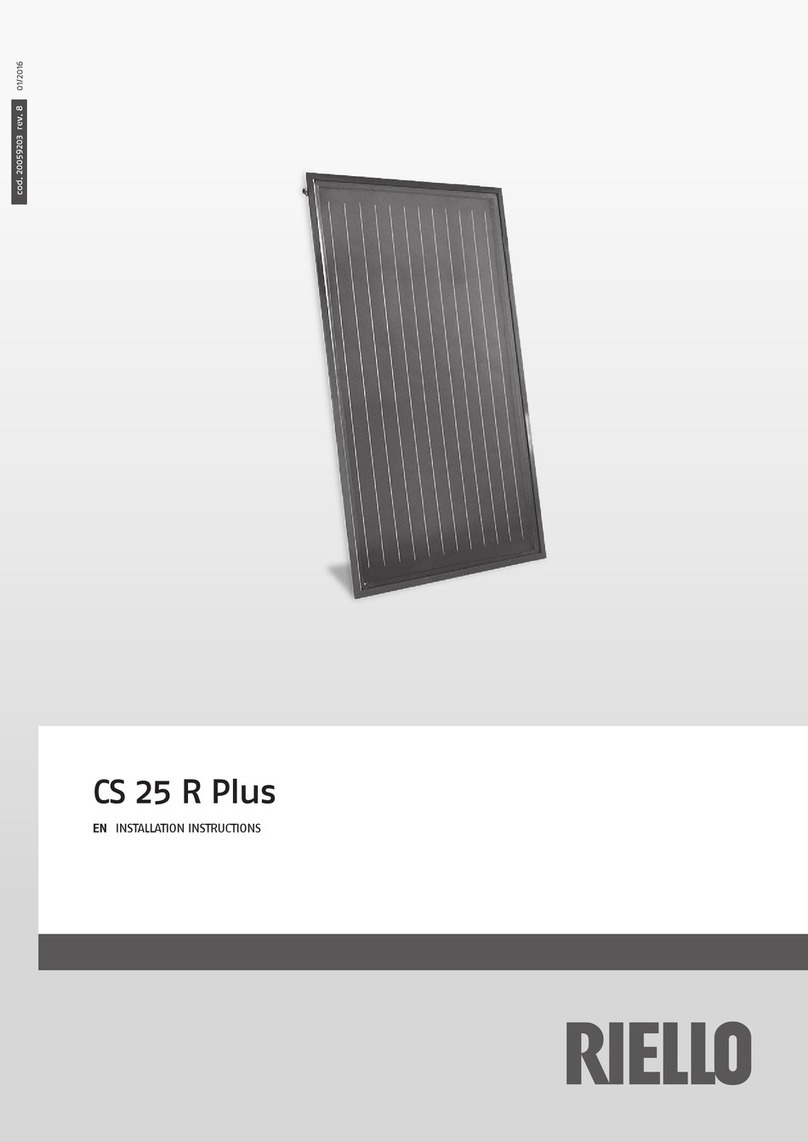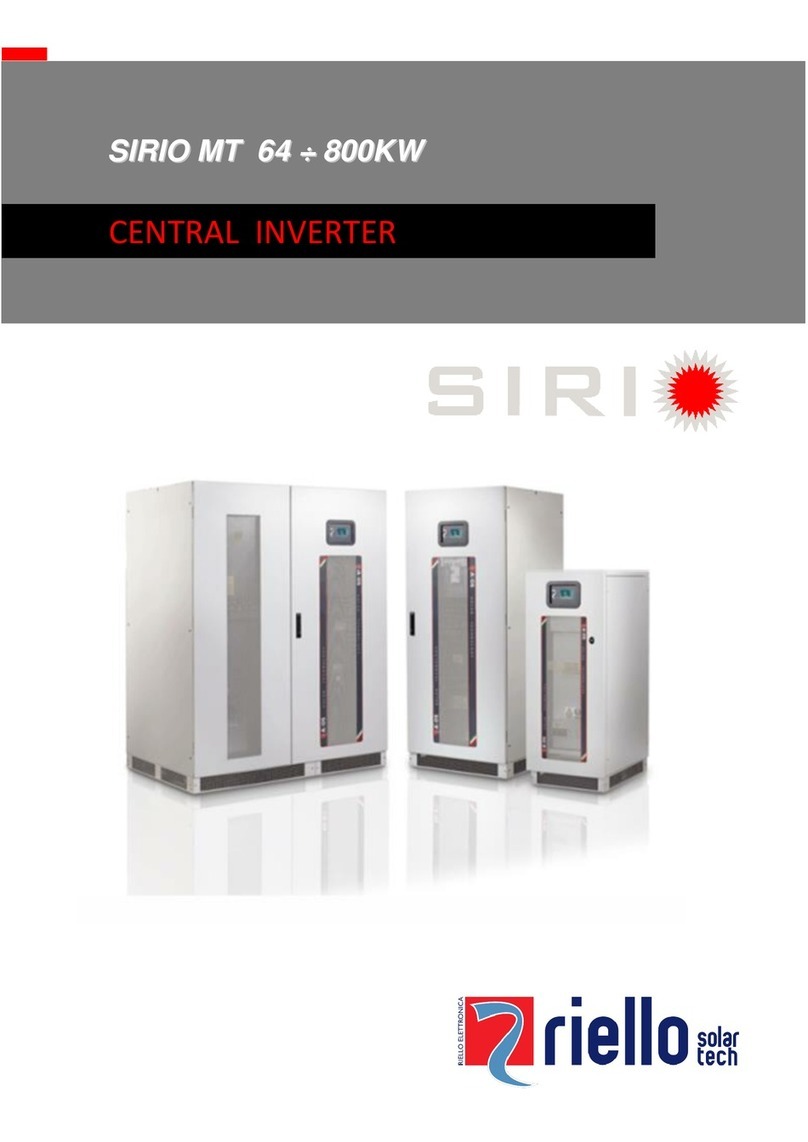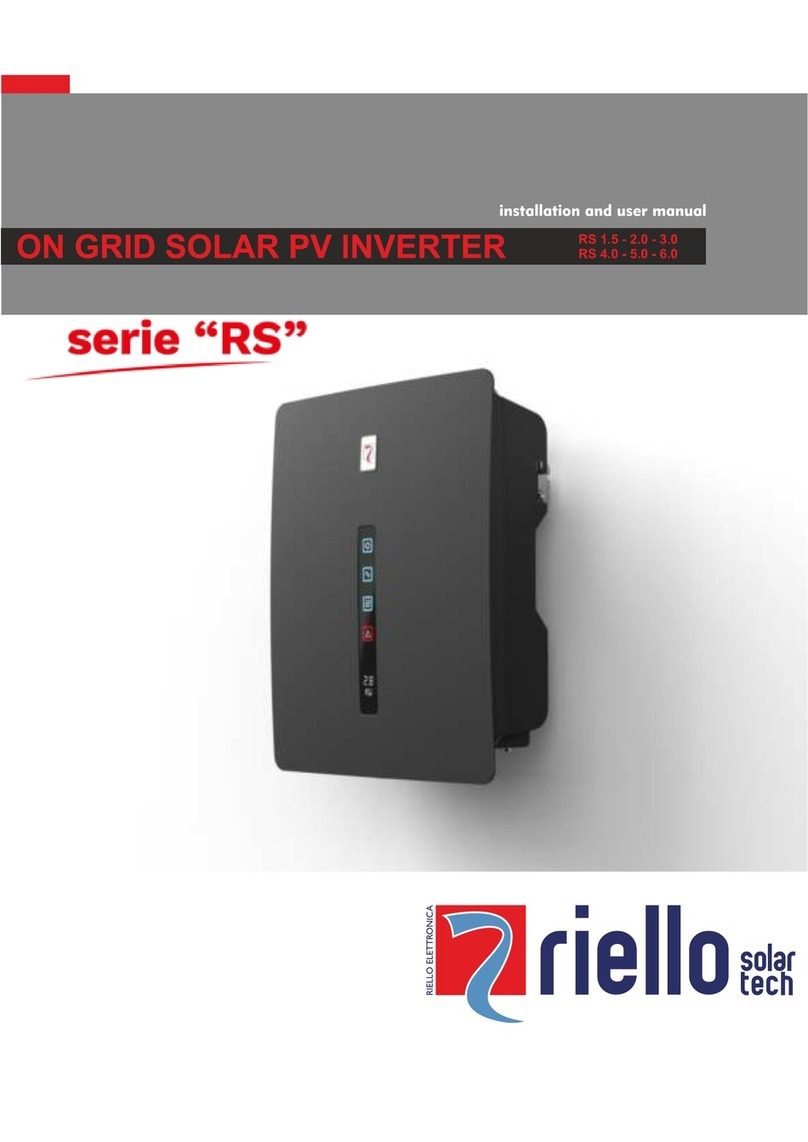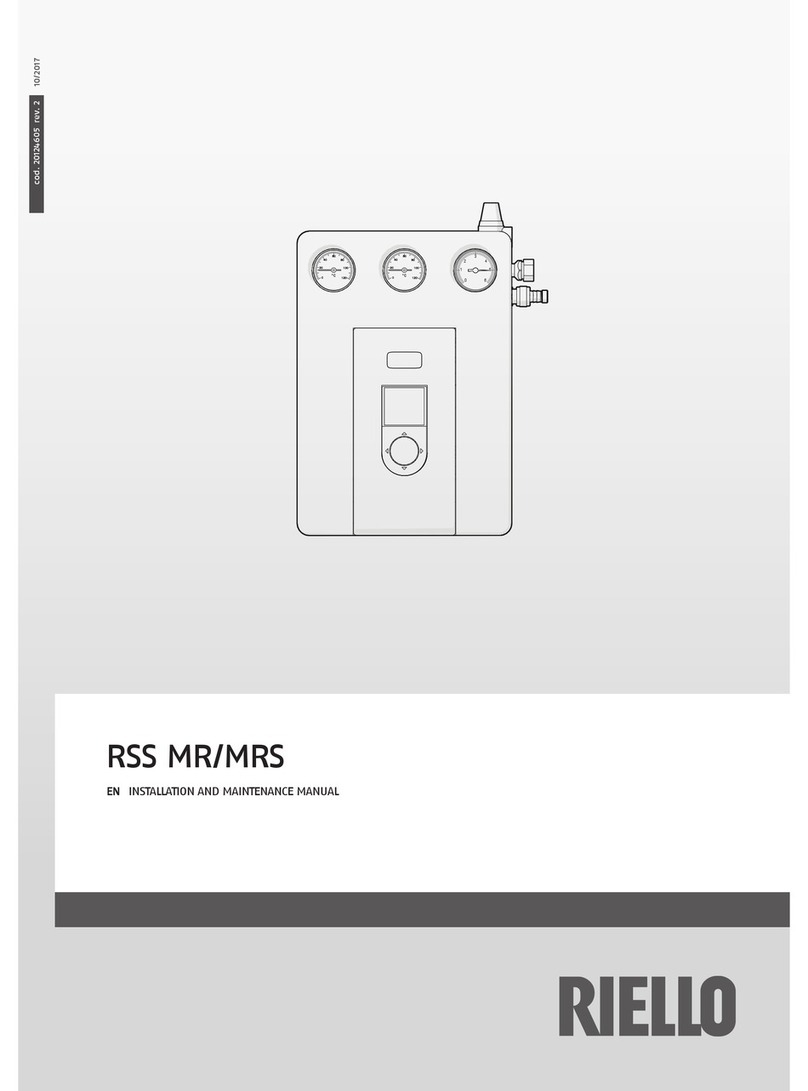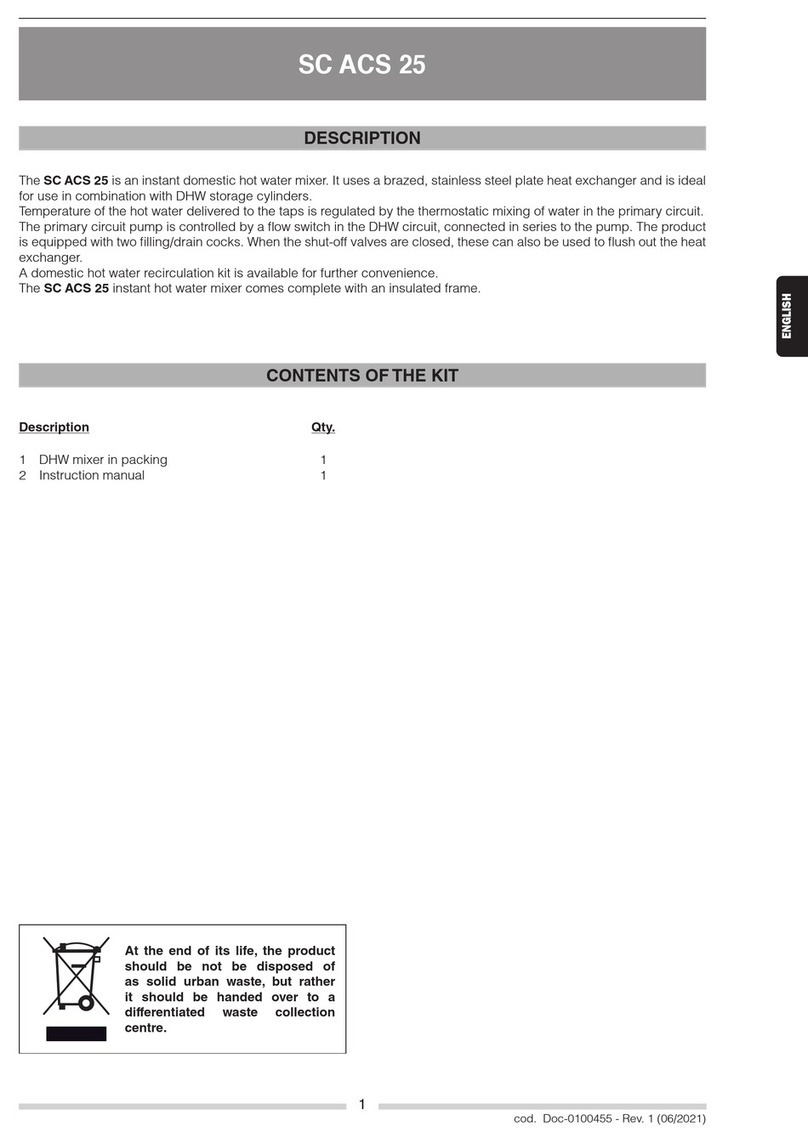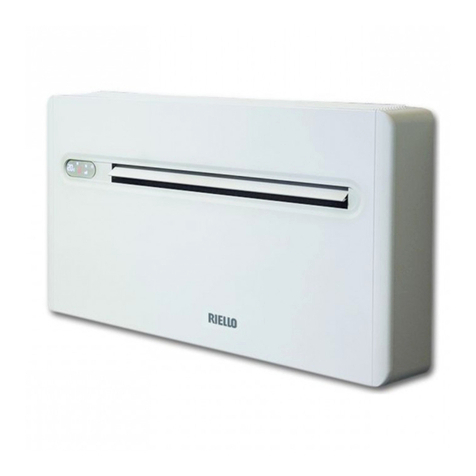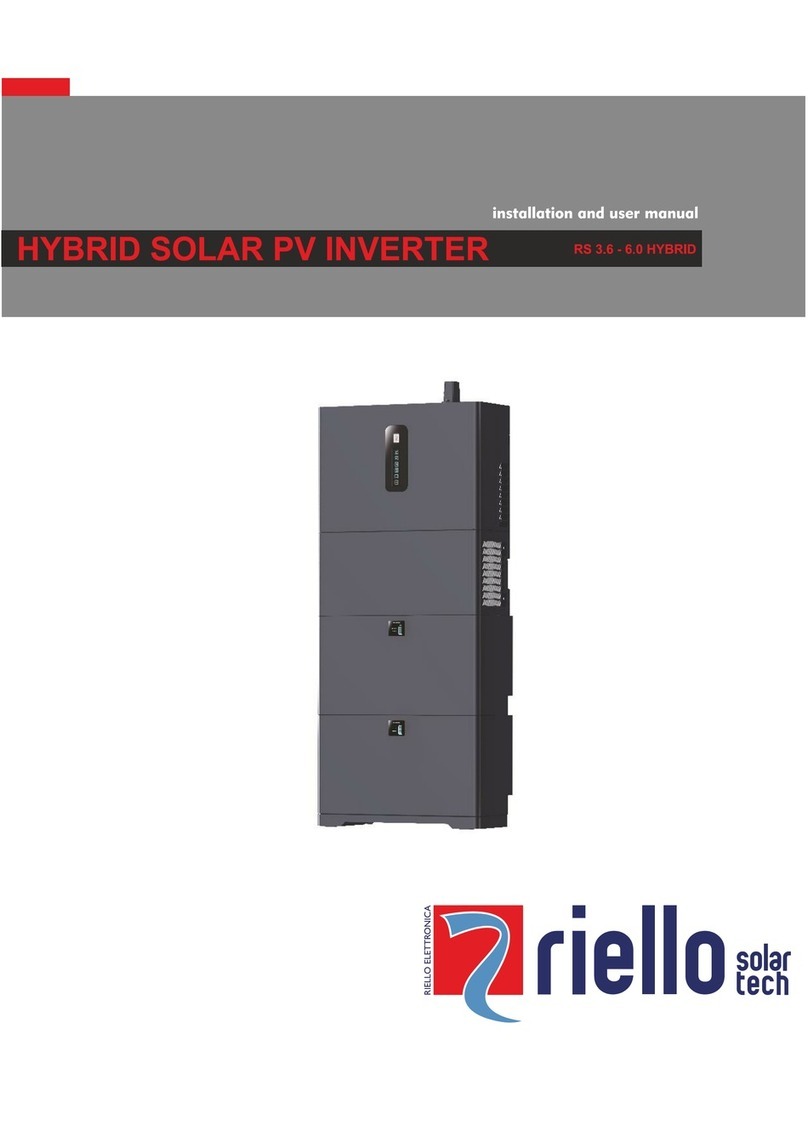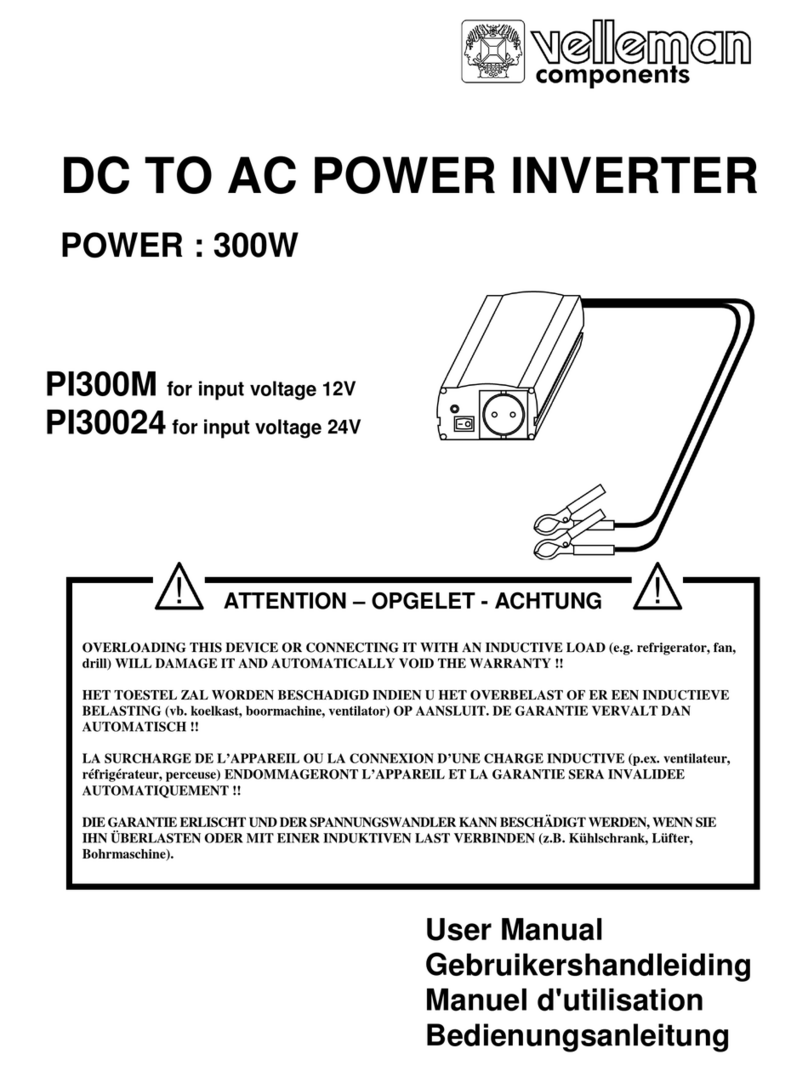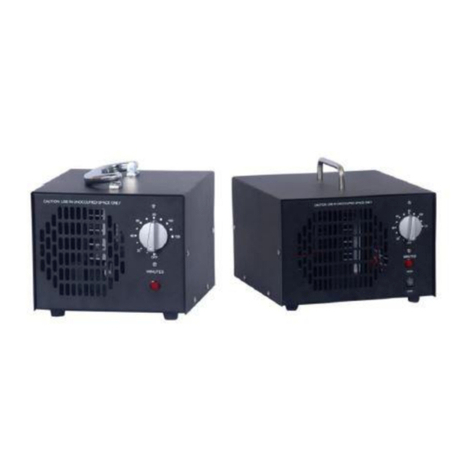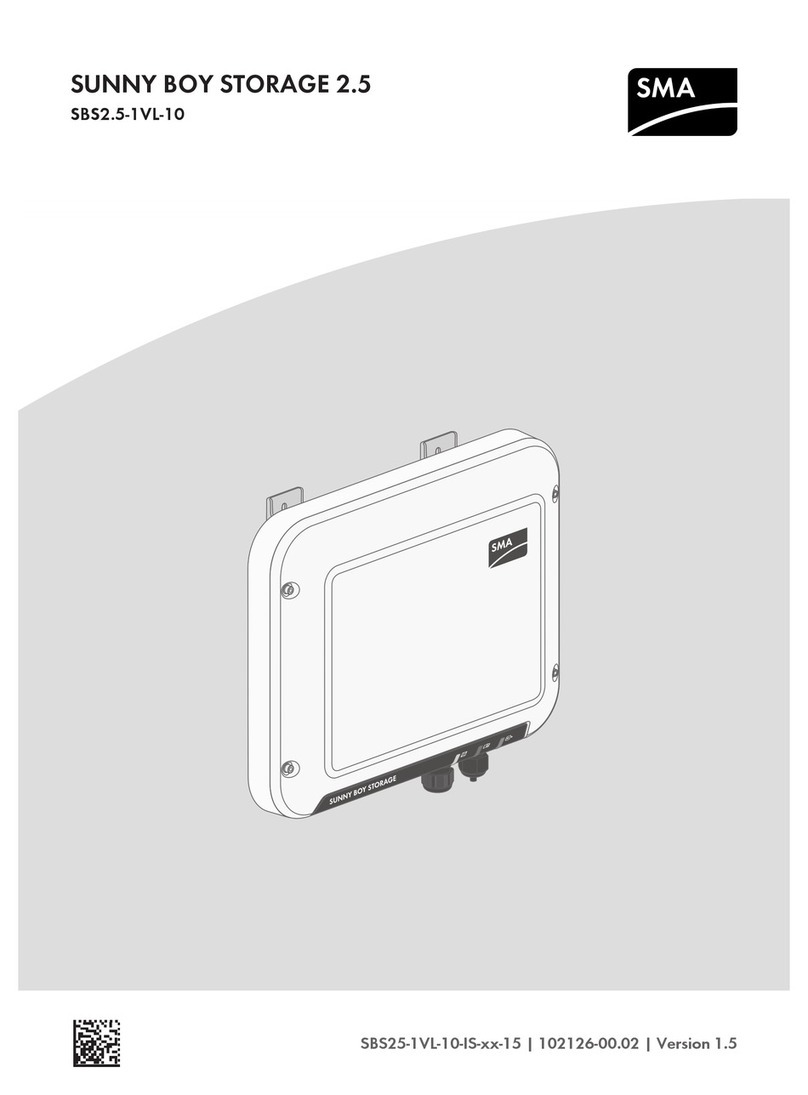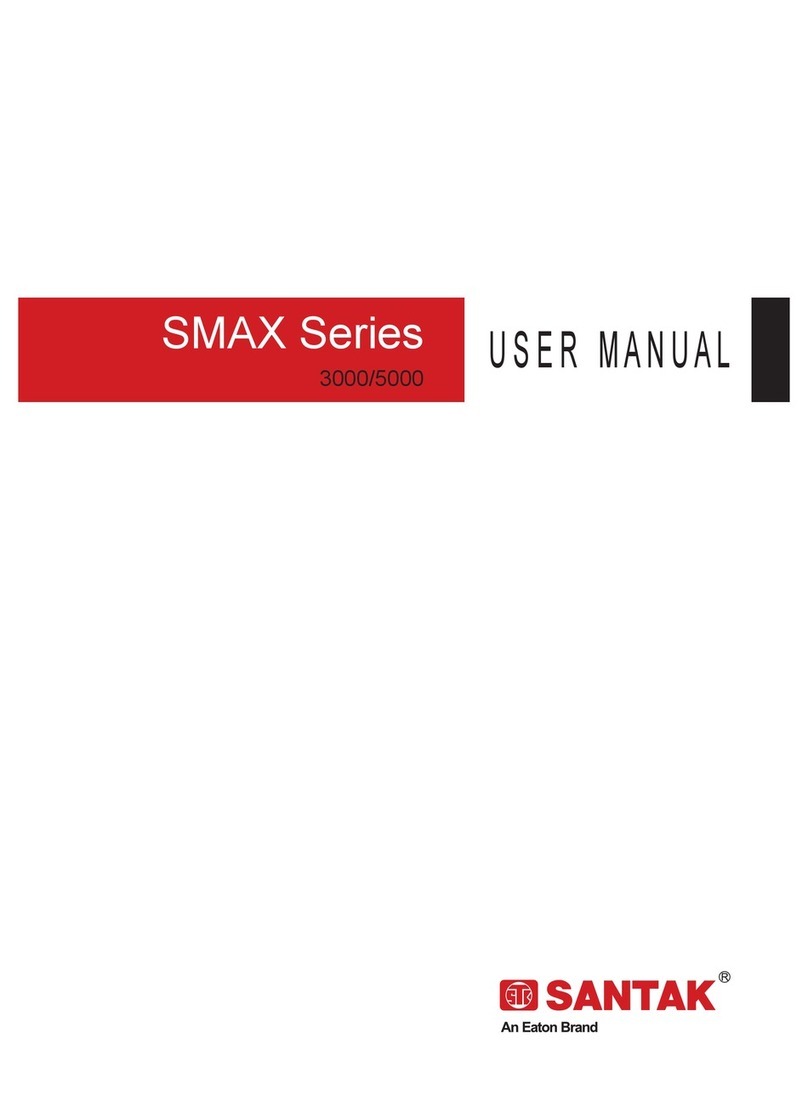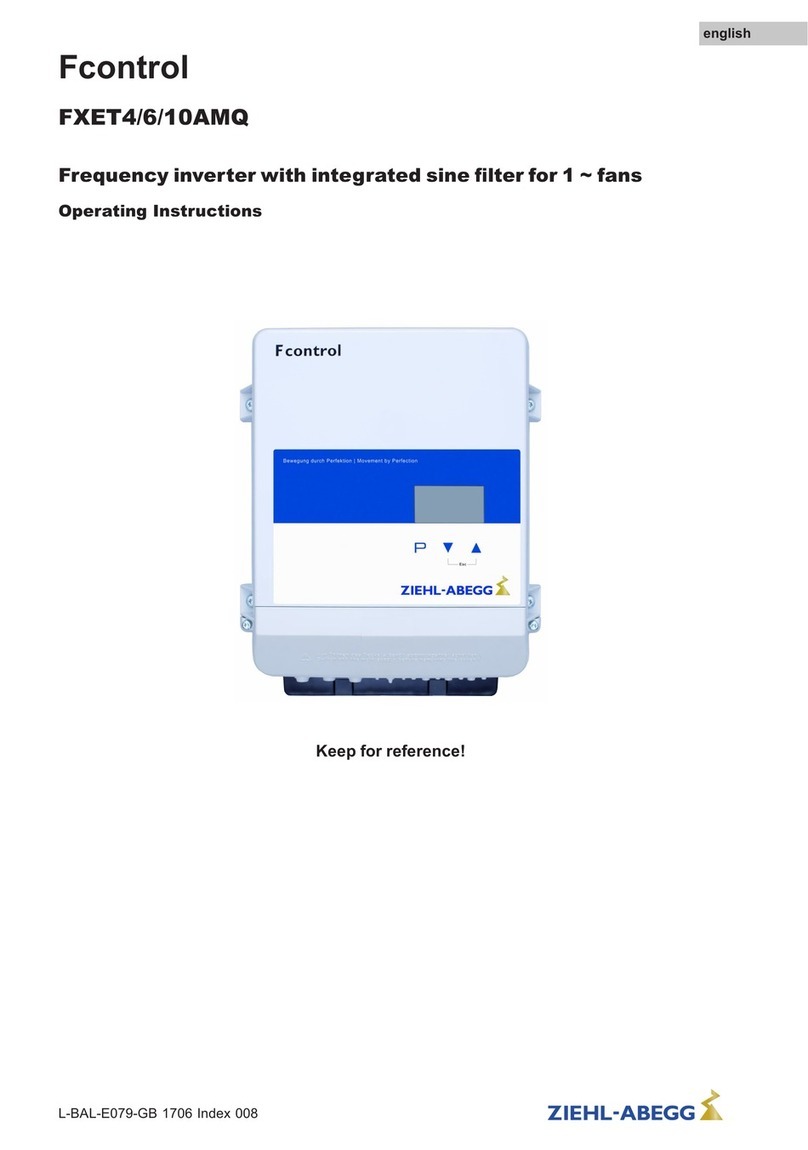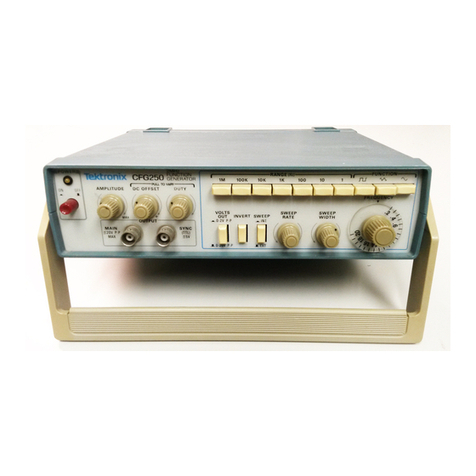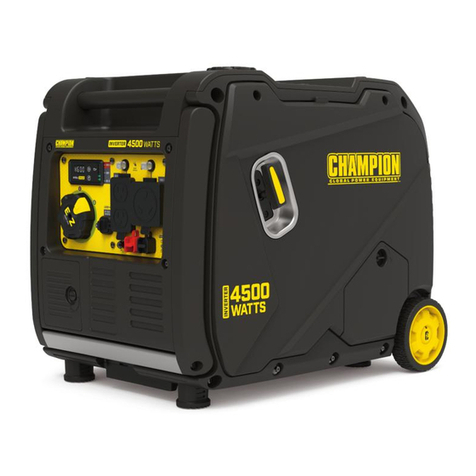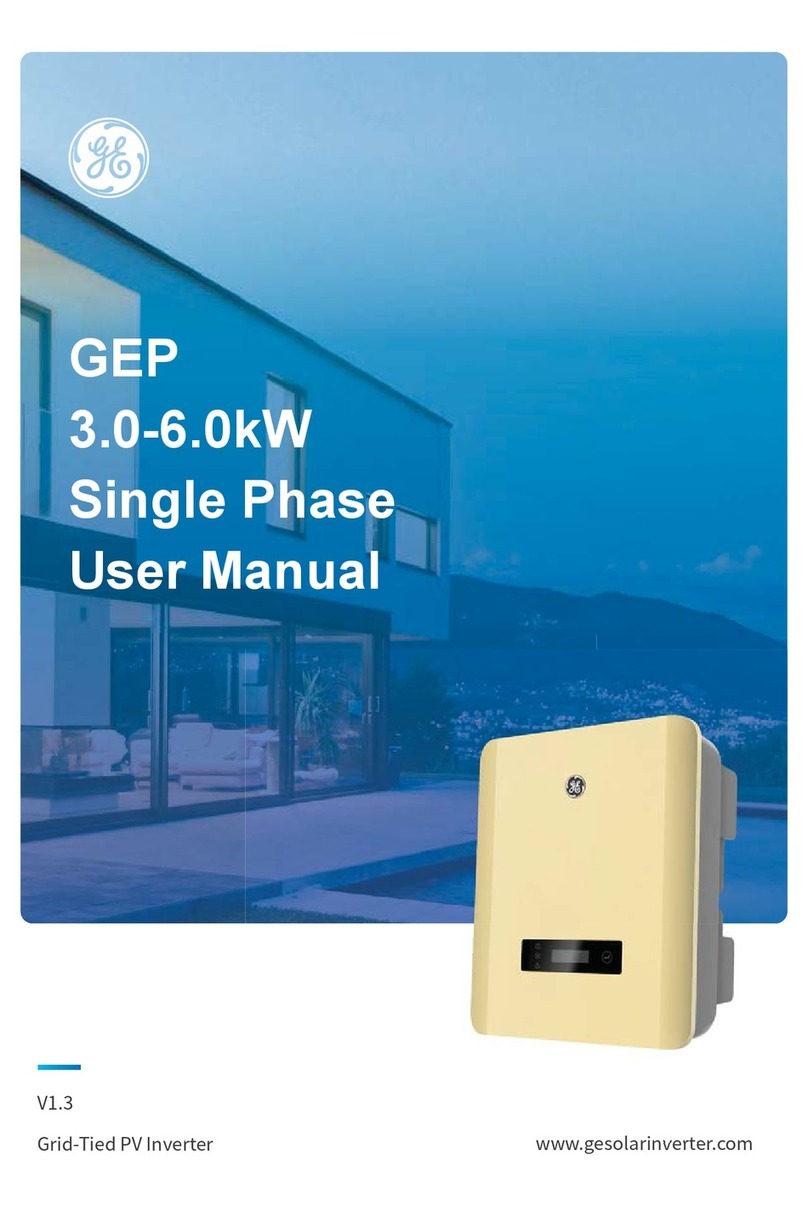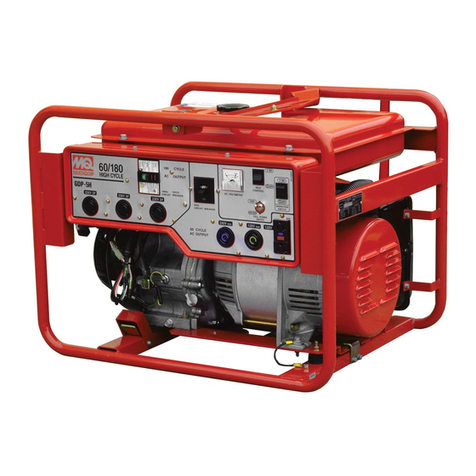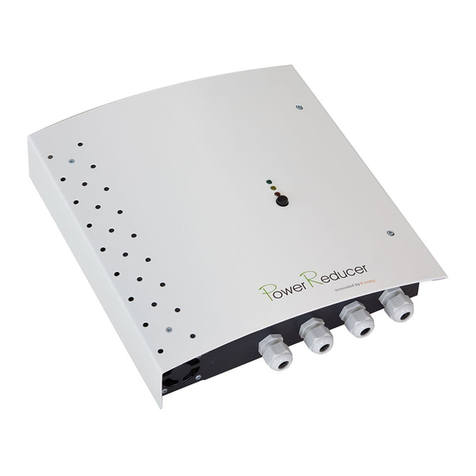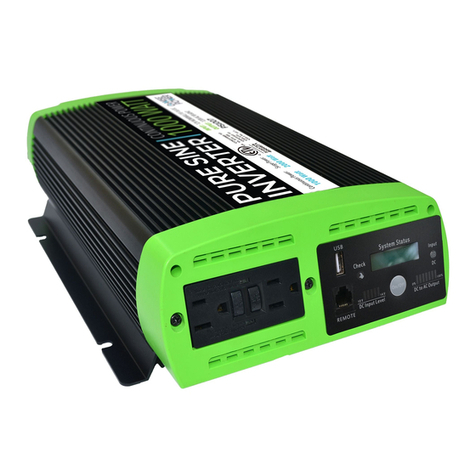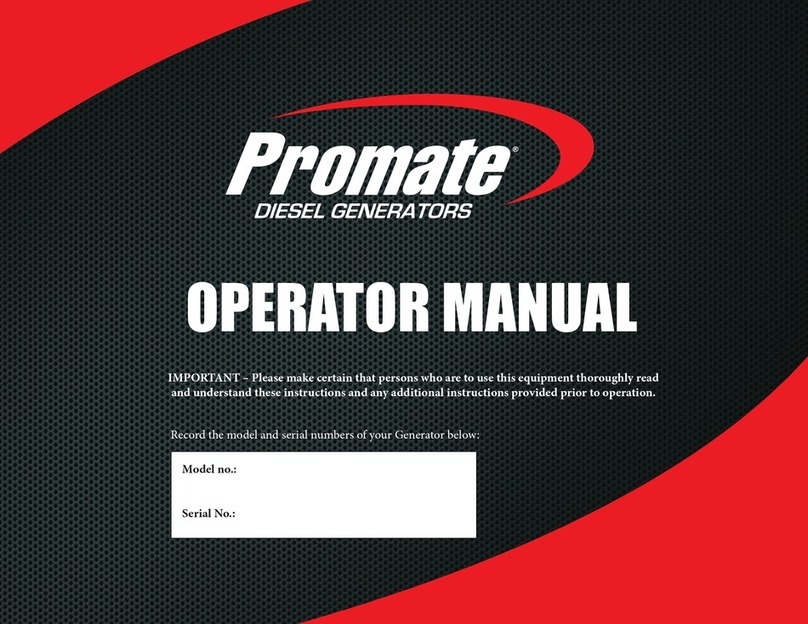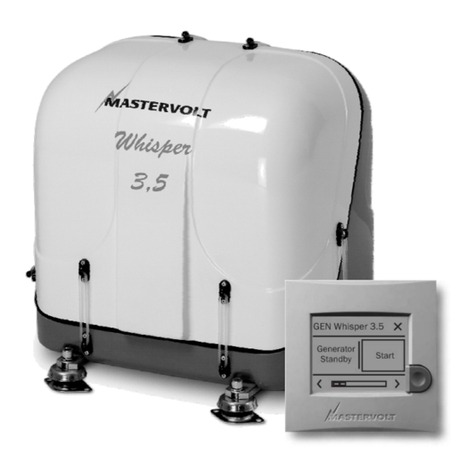
- 2 -
SAFETY PRECAUTIONS
Before using the product, please read these safety precautions in the User Manual carefully.
Personnel Safety
•The PV inverter must be installed, electrically connected, operated and maintained by a specially trained technician.
•The qualified technician must be familiar with the safety regulations concerning the electrical system, the working process
of the PV power generation system and the standards of the local power grid.
•The technician must read through this User Manual carefully and master it before any operation.
PV Inverter Protection
Upon receiving the PV inverter, please check whether it was damaged during transport. If it was, please contact
your dealer immediately
•Do not tamper with any warning signs on the inverter’s enclosure, because these signs contain important information on
safe operation.
•Do not remove or damage the nameplate on the inverter’s enclosure, because it contains important product information.
Installation Safety
Please read the User Manual carefully before installing the PV inverter; warranty or liability will be voided if
damage is caused by installation faults.
•Ensure that there are no electrical connections around the PV inverter ports prior to installation.
•Adequate ventilation must be provided in the inverter’s installation location. Mount the inverter in the vertical direction and
ensure that no object is placed on the heat sink, as this may affect the cooling efficiency (for details, refer to the Installation
chapter).
Electrical Connections
Before installing the inverter, check all electrical ports to ensure that there are no damages or short-circuits.
Otherwise, personal injury and/or fire will occur.
•Input terminals of the PV inverter apply only to input terminals of the PV string; do not connect any other DC source to the
input terminals.
•Before connecting PV modules, ensure that their voltage is within the safe range; when exposed to any sunlight, PV modules
can generate high voltage.
•All electrical connections must meet the electrical standards of the relevant country or region.
•Cables used for electrical connections must be properly secured, well-insulated and made to the appropriate specification.
Operation and Commissioning
While the inverter operates, high voltage can lead to an electrical shock hazard and even cause personal injury.
Therefore, operate the PV inverter strictly according to the safety precautions in this User Manual.
•Unless permission has been obtained from the power company of the country/region, the grid-tied PV inverter cannot start
generating power.
•Follow the procedures for commissioning described in the User Manual when commissioning the PV inverter.
•When the PV inverter is operating, do not touch the surface of any other parts except for the DC switch; its constituent parts
will be extremely hot and can cause burns.
Maintenance
Power OFF all electrical terminals before performing inverter maintenance; strictly comply with the safety
precautions stated in this document when operating the inverter.
•For personal safety, maintenance personnel must wear appropriate personal protective equipment (such as insulation gloves
and protective shoes) for inverter maintenance operations.
•Place temporary warning signs or erect fences to prevent unauthorised access to the maintenance site.
•Strictly follow the maintenance procedures specified in the User Manual.
•Check the relevant safety and performance of the inverter; rectify any faults which may compromise the safe operation of
the inverter before restarting it.
Additional Information
To avoid any other unforeseeable risk, contact Riello immediately if any safety issue emerges during operation.
